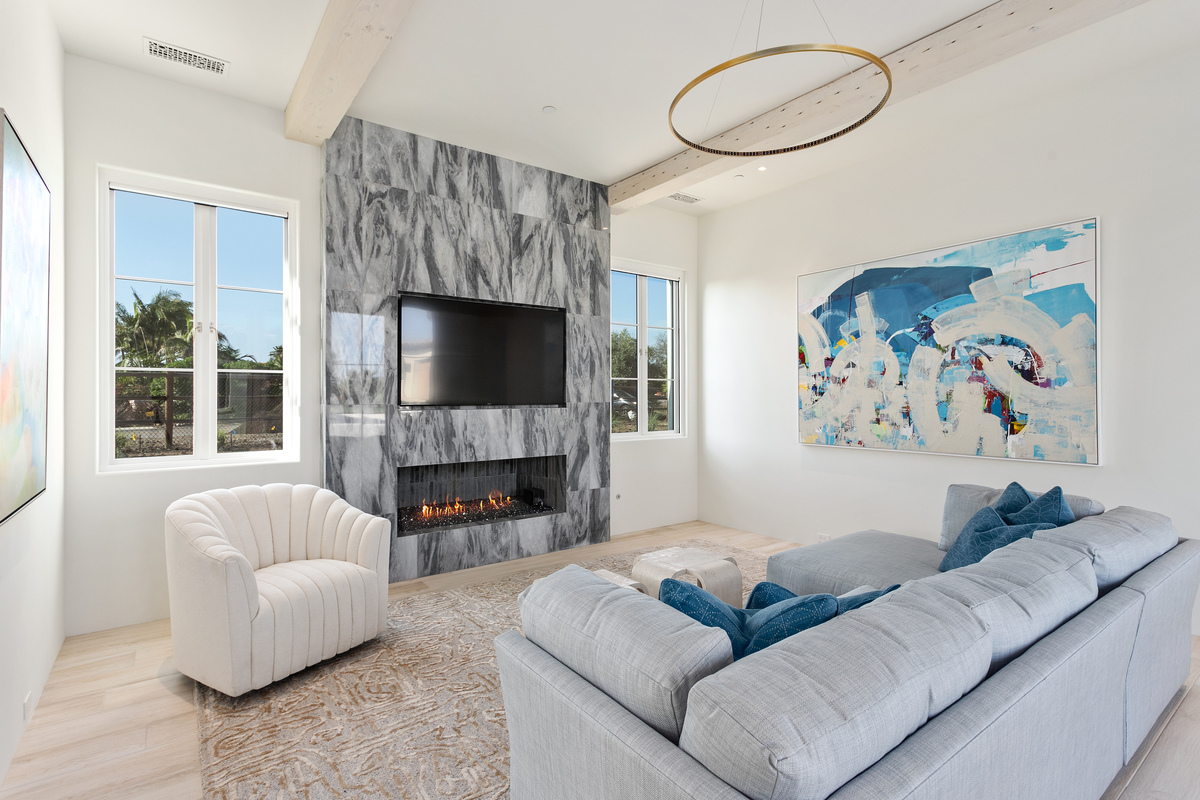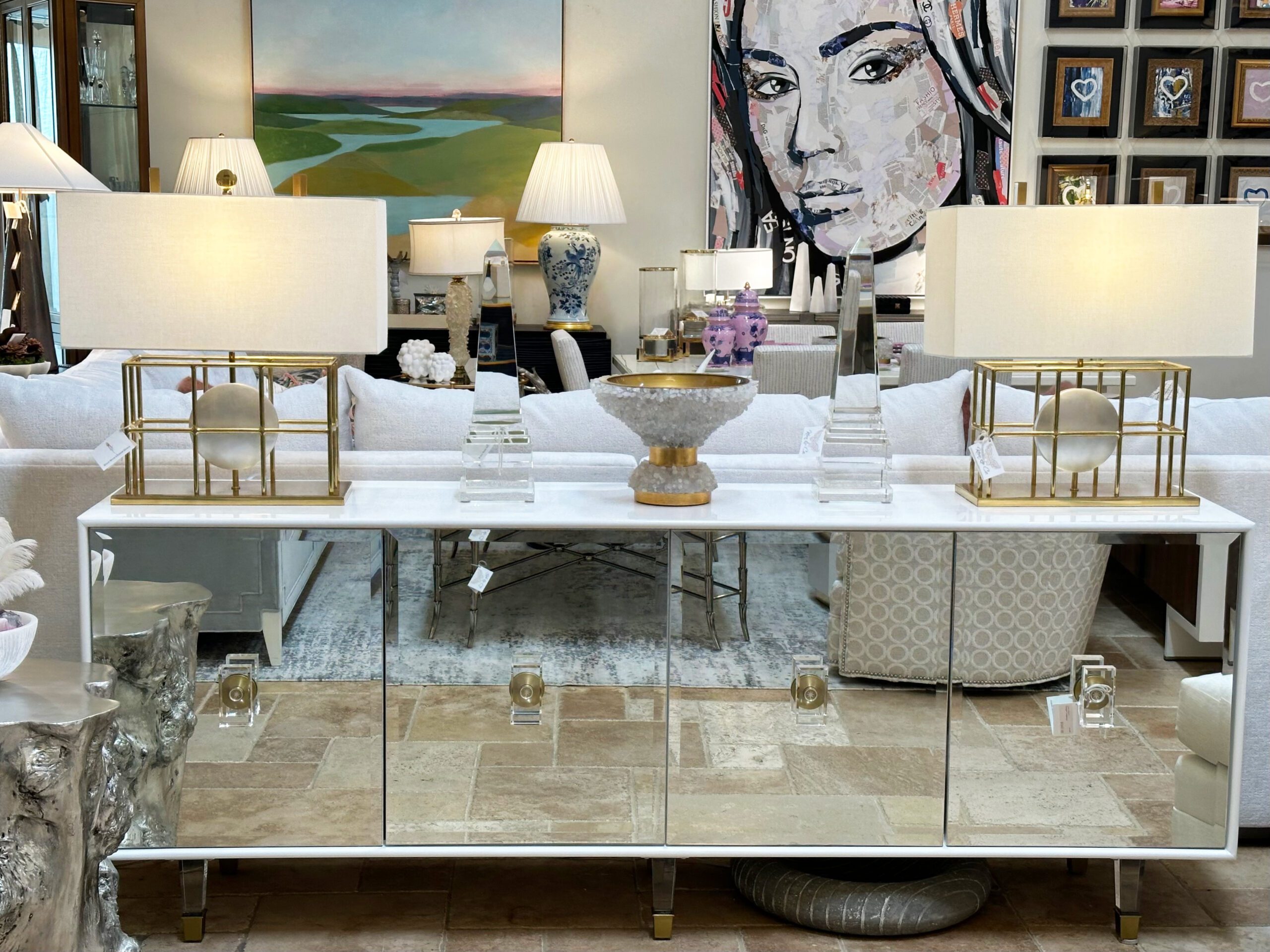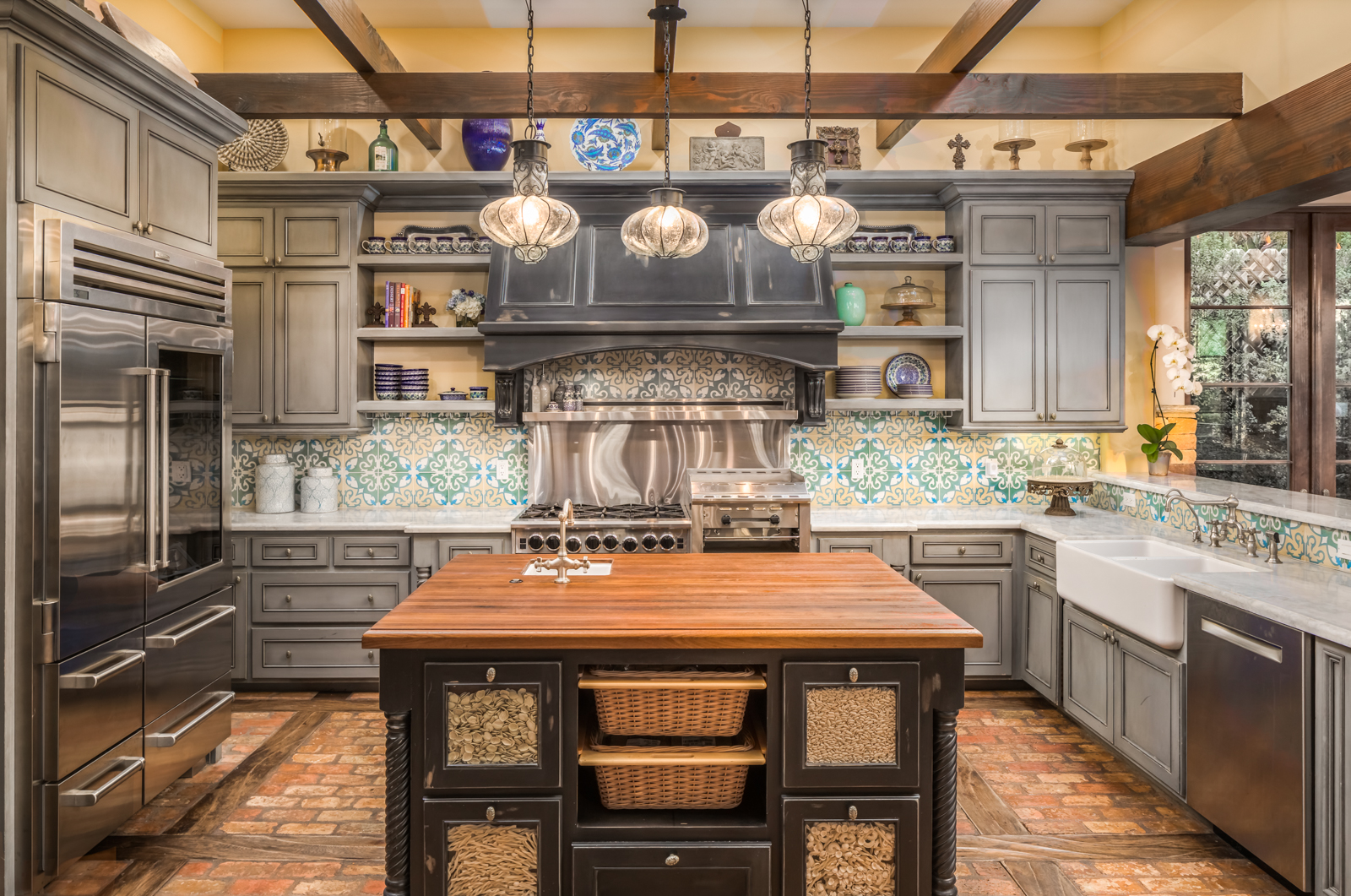Luxury and Sustainability Are No Longer Opposites
The definition of luxury has evolved. Today, true luxury extends beyond aesthetics and exclusivity to embrace responsibility, wellness, and environmental stewardship. Eco-friendly interior design merges these priorities, offering homeowners spaces that are both beautiful and mindful.
Sustainable design elevates not only a home’s appearance but also the health of its occupants, the integrity of its materials, and the long-term value of the investment. Designers play a crucial role in curating sustainable luxury—vetting materials, sourcing ethically, and balancing client vision with environmental responsibility.
What Is Sustainable Interior Design?
More Than Just “Green” Materials
Sustainable interior design is a holistic approach that considers far more than simply using recycled or natural materials. It encompasses air quality, energy efficiency, durability, supply chain ethics, and the full lifecycle impact of every product and process.
True eco-luxury balances elevated aesthetics with environmental accountability, creating spaces that nurture both people and the planet.
Key Goals of Sustainable Design
- Reduce resource depletion: Choosing renewable, recycled, or responsibly sourced materials that minimize environmental strain.
- Minimize harmful chemical exposure: Selecting finishes and products that limit off-gassing and protect indoor air quality.
- Create healthier living environments: Prioritizing natural ventilation, low-toxicity materials, and designs that support occupant wellness.
- Support ethical sourcing and craftsmanship: Partnering with artisans and manufacturers who prioritize ethical labor, fair trade, and responsible material stewardship.
Eco-Conscious Materials That Don’t Sacrifice Luxury
Sustainably Harvested Hardwoods
Premium woods remain a cornerstone of luxury design, but responsible sourcing is key. FSC-certified woods verify forests are managed for long-term ecological balance. Reclaimed timber offers history, character, and reduced environmental impact. Rapidly renewable species like bamboo provide stylish alternatives with minimal resource depletion.
These woods bring warmth, texture, and longevity while honoring responsible forest stewardship.
Natural Stone and Responsible Quarrying
Stone offers timeless beauty, but transportation and over-harvesting can create sustainability concerns. Prioritizing locally sourced stone reduces the carbon footprint, while avoiding endangered or highly extracted varieties preserves fragile ecosystems.
Responsible quarrying ensures the enduring elegance of stone without compromising environmental ethics.
Recycled & Repurposed Materials
Reclaimed wood flooring, recycled glass countertops, and repurposed metals introduce both character and eco-conscious integrity. Each piece tells a story while diverting materials from landfills.
These selections embody both craftsmanship and environmental mindfulness, aligning luxury with responsibility.
Low-Impact Fabrics
Natural textiles such as organic cotton, hemp, linen, and responsibly sourced wool bring softness and sophistication. Sustainable production methods minimize water use, avoid harsh chemicals, and rely on non-toxic dyes.
Tencel, derived from responsibly harvested wood pulp, offers a silky, breathable alternative ideal for bedding, drapery, and upholstery.
Air Quality Matters: Low-VOC & Non-Toxic Finishes
The Hidden Dangers of Conventional Finishes
Traditional paints, adhesives, sealants, and coatings often contain VOCs (volatile organic compounds) that emit harmful gases into the indoor environment. Prolonged exposure contributes to respiratory issues, headaches, and long-term health risks.
Poor air quality compromises wellness even in the most beautifully designed spaces.
Safer Alternatives for a Healthier Home
Low-VOC and zero-VOC paints, water-based sealants, and natural wax or oil wood finishes provide durable, high-performance results without harmful emissions. These alternatives support both air quality and long-term health.
By eliminating hidden toxins, homeowners enjoy clean air alongside visual beauty.
Energy Efficiency: The Overlooked Luxury Upgrade
LED Lighting and Smart Controls
Modern LED lighting delivers long-lasting brilliance while consuming a fraction of traditional energy. Integrated dimming, tunable white options, and circadian rhythm lighting systems create ambiance while promoting occupant wellness.
Smart controls optimize lighting schedules and minimize energy waste, blending luxury convenience with sustainability.
High-Performance Windows and Insulation
Well-insulated windows and walls improve energy performance without sacrificing architectural design. High-performance glazing reduces heat loss, enhances indoor comfort, and lowers long-term utility costs.
Strategic insulation upgrades provide energy savings while preserving architectural integrity.
Integrated Smart Home Systems
Automation systems unify HVAC, lighting, shading, and appliance use. Intelligent climate control, occupancy sensors, and energy monitoring ensure peak efficiency while maintaining comfort.
Technology supports seamless energy management behind the scenes, preserving both luxury and sustainability.
Sourcing with Ethics and Craftsmanship in Mind
Supporting Local Artisans and Makers
Commissioning work from local craftspeople reduces transportation emissions, supports regional economies, and preserves traditional skills. Handcrafted, bespoke pieces celebrate artistry while minimizing global supply chain impact.
Each piece becomes a story-rich element of the home’s identity.
Transparency in Supply Chains
Ethical sourcing extends beyond materials to labor practices, production standards, and company values. Responsible designers vet suppliers for environmental policies, fair wages, and humane working conditions.
Every purchase supports companies aligned with client values.
Bespoke Pieces That Last
True luxury emphasizes longevity. Investing in heirloom-quality furnishings reduces turnover, minimizes waste, and creates enduring, personal environments.
Timeless design transcends trends, remaining beautiful and functional for generations.
Debunking the Myth: Can Luxury Be Sustainable?
Luxury as Longevity
Sustainable luxury prioritizes materials that age gracefully, require less maintenance, and deliver enduring beauty. Custom designs evolve with lifestyle changes, reducing the need for replacements and minimizing environmental strain.
Durability is one of sustainability’s greatest assets.
Beauty in Natural Imperfection
Organic materials offer unique grains, textures, and patinas that mass production cannot replicate. Embracing natural variation enhances authenticity, creating spaces rich with depth and character.
Luxury lies in individuality, not uniformity.
Cost Considerations
While some sustainable materials carry higher upfront costs, their long-term value often offsets initial investments. Reduced maintenance, increased durability, lower utility expenses, and improved health outcomes contribute to financial and lifestyle returns.
Sustainability is not a compromise—it’s a long-term strategy.
Working With a Designer to Balance Beauty and Responsibility
Expertise in Vetting Materials and Vendors
Experienced designers guide clients through complex certification systems, global sourcing challenges, and material selections. Their expertise ensures that every choice meets both aesthetic and ethical standards.
Designers also provide access to exclusive sustainable product lines unavailable through retail channels.
Personalized Eco-Luxury Solutions
Every client’s sustainability goals are unique. Designers tailor material selections, energy strategies, and product sourcing to match personal values, lifestyle needs, and long-term priorities.
Education on care, maintenance, and product longevity further empowers clients to protect their investment.
A New Definition of Luxury Living
Sustainable luxury is thoughtful, intentional, and deeply personal. It elevates beauty, enhances wellness, supports responsible industry, and protects the planet for future generations.
With expert guidance, eco-friendly interior design transforms not only living spaces but the way homeowners experience comfort, health, and pride of place.
Ready to create a luxurious, sustainable home that reflects your values? Schedule a consultation with Kern & Co. and let our design team curate a beautiful, eco-conscious environment tailored for you.
Frequently Asked Questions
What is sustainable interior design?
It’s a design approach that prioritizes environmental responsibility, non-toxic materials, and long-term well-being without sacrificing beauty or quality. Every material and product is selected for both aesthetics and ethical impact.
Can luxury design also be eco-friendly?
Absolutely. Sustainable luxury combines exceptional materials, craftsmanship, and responsible sourcing to create enduring, healthier spaces. Beauty and sustainability coexist when guided by thoughtful design expertise.
What materials are considered green or non-toxic?
Examples include FSC-certified woods, natural stone, organic textiles, recycled glass, low-VOC finishes, and ethically sourced natural fibers. These materials balance elegance with responsibility for both people and planet.



